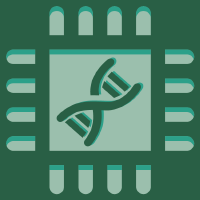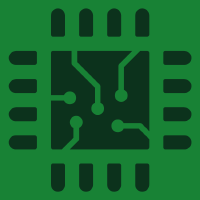Topic Menu
► Topic MenuTopic Editors


Bio-Inspired Systems and Signal Processing
Topic Information
Dear Colleagues,
Functional biological systems, from small cells to large biological individuals, frequently generate and convey signals in various forms, including but not limited to image, audio, electrophysiological, mechanical, and chemical signals. There is huge research interest in transforming the models and techniques inspired by these biological systems to have science and engineering applications. To achieve these applications, the comprehensive signal analysis of these bio-inspired systems is necessary, which requires the integration of multiple disciplinary fields, including signal acquisition/sensing/amplification, signal processing, image analysis, pattern recognition/classification, Artificial neural networks (ANNs), and artificial intelligence. These bio-inspired systems have been widely used to tackle various practical challenges, including the COVID-19 pandemic, where many types of sensors and biosensors were proposed to improve the speed, sensitivity and specificity of virus detection by presenting and amplifying various forms of signals and symptoms. This Special Issue encourages the authors to submit original research papers on one or more of the following topics: bio-inspired system modeling and design, sensors, biosensors, signal processing, image analysis, and pattern recognition. We particularly welcome submissions that integrate advanced artificial intelligence algorithms in a complex bio-inspired system that could include both hardware and software, and/or bio-inspired systems that can successfully tackle the current practical challenges (e.g., COVID-19, monkeypox).
Prof. Dr. Donald Y.C. Lie
Prof. Dr. Chung-Chih Hung
Dr. Jian Xu
Topic Editors
Keywords
- bio-inspired system
- biosensors
- sensors
- signal processing
- artificial neural network
- artificial intelligence
- image analysis
- computer graphics
- system modeling and design
Participating Journals
| Journal Name | Impact Factor | CiteScore | Launched Year | First Decision (median) | APC |
|---|---|---|---|---|---|

Applied Sciences
|
2.7 | 4.5 | 2011 | 16.9 Days | CHF 2400 |

Biosensors
|
5.4 | 4.9 | 2011 | 17.4 Days | CHF 2700 |

Journal of Imaging
|
3.2 | 4.4 | 2015 | 21.7 Days | CHF 1800 |

Sensors
|
3.9 | 6.8 | 2001 | 17 Days | CHF 2600 |

Signals
|
- | - | 2020 | 35.1 Days | CHF 1000 |

Chips
|
- | - | 2022 | 15.0 days * | CHF 1000 |
* Median value for all MDPI journals in the second half of 2023.

MDPI Topics is cooperating with Preprints.org and has built a direct connection between MDPI journals and Preprints.org. Authors are encouraged to enjoy the benefits by posting a preprint at Preprints.org prior to publication:
- Immediately share your ideas ahead of publication and establish your research priority;
- Protect your idea from being stolen with this time-stamped preprint article;
- Enhance the exposure and impact of your research;
- Receive feedback from your peers in advance;
- Have it indexed in Web of Science (Preprint Citation Index), Google Scholar, Crossref, SHARE, PrePubMed, Scilit and Europe PMC.

